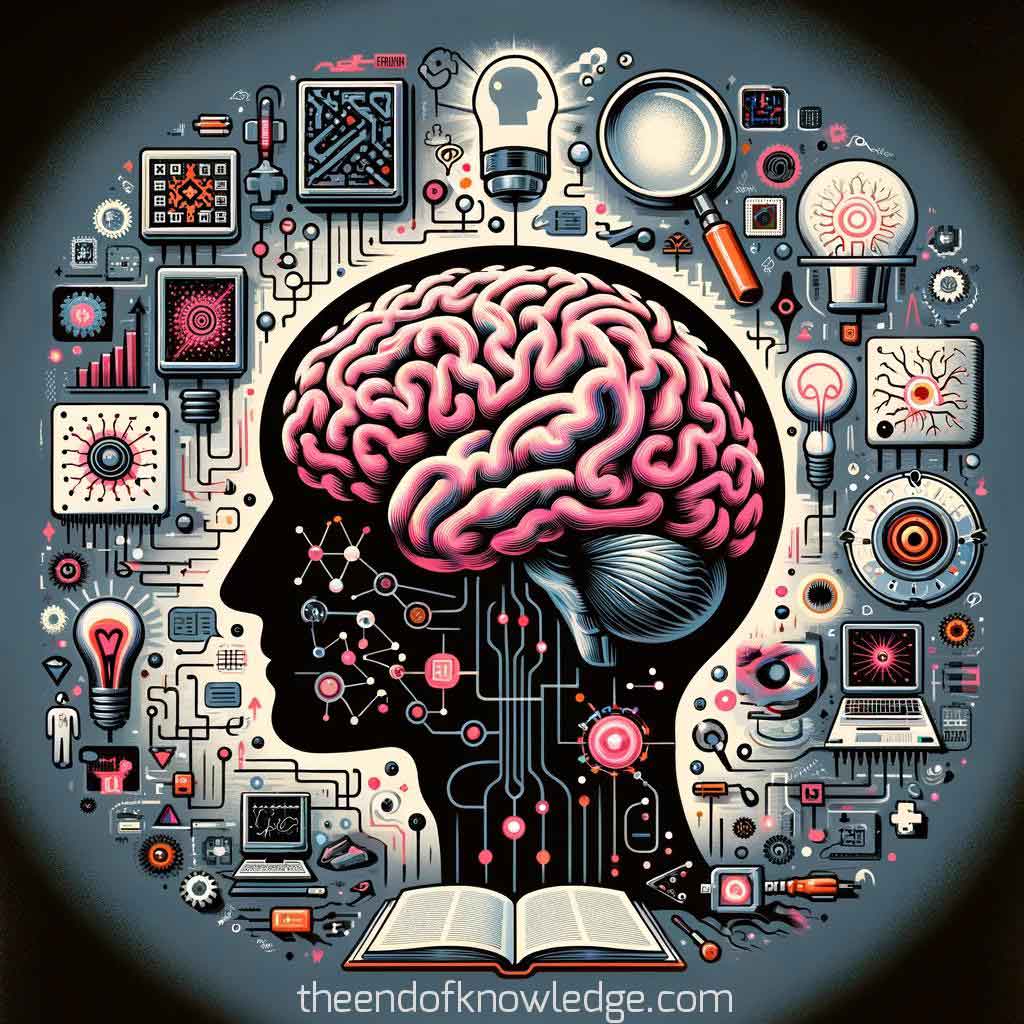 >
>
Concept Graph (using Gemini Ultra + Claude3):
Custom ChatGPT resume of the OpenAI Whisper transcription:
1.- Ilya Sutskever's Background: Co-founder and chief scientist of OpenAI, highly cited computer scientist in deep learning, contributing significantly to the field.
2.- Early Realizations about Deep Neural Networks: In 2010, Sutskever realized the power of deep neural networks when James Martens invented the Hessian free optimizer and trained a 10-layer neural network end-to-end without pre-training.
3.- The Power of Big Neural Networks: Sutskever believed that training a big neural network on a lot of supervised data was key to success, influenced by the brain's neuron firing patterns and layers.
4.- Over-Parameterization in Neural Networks: Initially, it was thought that having more data than parameters would prevent overfitting. Later, it became clear that overfitting could be avoided even with fewer data than parameters.
5.- Deep Learning Inspiration from the Brain: The design of neural networks drew inspiration from the brain. Early pioneers like Rosenblatt and McCallum and Pitts used ideas from the brain to design computational models.
6.- Evolution of Neural Networks and Brain Analogy: Sutskever discussed the evolution of neural networks and their analogy to the brain, emphasizing that the brain has always been a source of inspiration and intuition in the development of artificial neural networks.
7.- Differences Between the Brain and Artificial Neural Networks: While acknowledging the brain's influence, Sutskever pointed out that artificial neural networks have several advantages and differences compared to the brain, such as the use of spikes in neural communication.
8.- Importance of Cost Functions in Deep Learning: Sutskever emphasized the significance of cost functions in deep learning, highlighting their role in measuring system performance and guiding training processes.
9.- The Role of Reinforcement Learning (RL): Sutskever discussed the unique challenges and potential unification of RL with supervised learning, foreseeing a more integrated approach where RL enhances supervised learning.
10.- Comparing Challenges in Language and Vision: Sutskever compared the challenges in language understanding and visual perception, suggesting that the level of difficulty depends on current tools and benchmark performance.
11.- Deep Learning's Success Factors: The success of deep learning in the past decade is attributed to the availability of large datasets, significant computational power, and the conviction to combine these elements effectively.
12.- Impact of ImageNet and Skepticism Overcome: Sutskever discussed the pivotal role of ImageNet in convincing skeptics about the potential of deep learning, highlighting how empirical evidence changed opinions in the computer science community.
13.- Unity in Machine Learning: Sutskever pointed out the unity in machine learning across different domains, with a few simple principles applying similarly to various problems, contributing to the field's cohesive progress.
14.- Deep Double Descent Phenomenon: Discussing his paper on Deep Double Descent, Sutskever explained how larger neural networks can exhibit counterintuitive performance characteristics, challenging traditional statistical expectations.
15.- Future of Recurrent Neural Networks: While acknowledging the current dominance of transformers in NLP, Sutskever speculated on the potential comeback of recurrent neural networks, given their inherent capabilities.
16.- Neural Networks and Reasoning: Sutskever expressed confidence that neural networks are capable of reasoning, citing examples like AlphaZero and its performance in Go, a game requiring strategic reasoning.
17.- The Surprising Effectiveness of Deep Learning: Sutskever shared his astonishment at how well deep learning works, surpassing expectations and continually improving with larger neural networks and more data.
18.- Deep Learning's Analogies with Biology and Physics: Sutskever described deep learning as a blend of biology and physics, occupying a middle ground between the complexity of biological systems and the precision of physical theories.
19.- Underestimating Deep Learning's Potential: He noted that the field consistently underestimates deep learning's capabilities, with each year bringing new advancements that surpass previous limits.
20.- The Role of Large Compute in Research: Sutskever discussed the increasing importance of large compute resources in deep learning research, highlighting the challenge of managing substantial computational resources.
21.- Individual Contributions versus Large-Scale Efforts: He pondered whether future breakthroughs in deep learning would require large-scale computational efforts or could be achieved by individuals with limited resources.
22.- Efficient Learning from Few Examples: Addressing the possibility of neural networks learning efficiently from few examples, Sutskever believed that significant breakthroughs in this area might not require extensive compute resources.
23.- Deep Learning's Approach to Long-Term Memory: Discussing neural networks' capacity for long-term memory, Sutskever pointed out that neural networks aggregate experiences in their parameters, serving as a form of long-term knowledge.
24.- Neural Networks as Knowledge Bases: He highlighted the ongoing research into using language models as knowledge bases, exploring the potential of neural networks to function as repositories of aggregated information.
25.- Interpretability of Neural Networks: Sutskever emphasized the importance of making neural networks interpretable, suggesting that their outputs, such as generated text, should be understandable.
26.- Neural Networks' Ability to Discern Semantic Attributes: He noted that as neural networks grow in size, they begin to recognize semantic attributes, indicating an evolving understanding of language beyond mere syntax.
27.- Disagreement with Chomsky on Language Understanding: Sutskever disagreed with Noam Chomsky's views on the necessity of imposing structural theories on language learning, arguing for the efficacy of learning from raw data.
28.- The Path to Reasoning with Neural Networks: Sutskever speculated that neural networks could achieve reasoning capabilities by incrementally scaling up in size and complexity, potentially enabling them to solve complex, open-ended problems.
29.- Searching for Small Circuits in Neural Networks: He described neural networks as a search for small circuits that can effectively represent data, drawing a parallel with the search for small programs in general intelligence.
30.- The Trainability of Neural Networks: Emphasizing the importance of trainability, Sutskever argued that the ability to train neural networks effectively from scratch is a crucial aspect that cannot be overlooked in the pursuit of advancing AI.
Interview byLex Fridman| Custom GPT and Knowledge Vault built byDavid Vivancos 2024